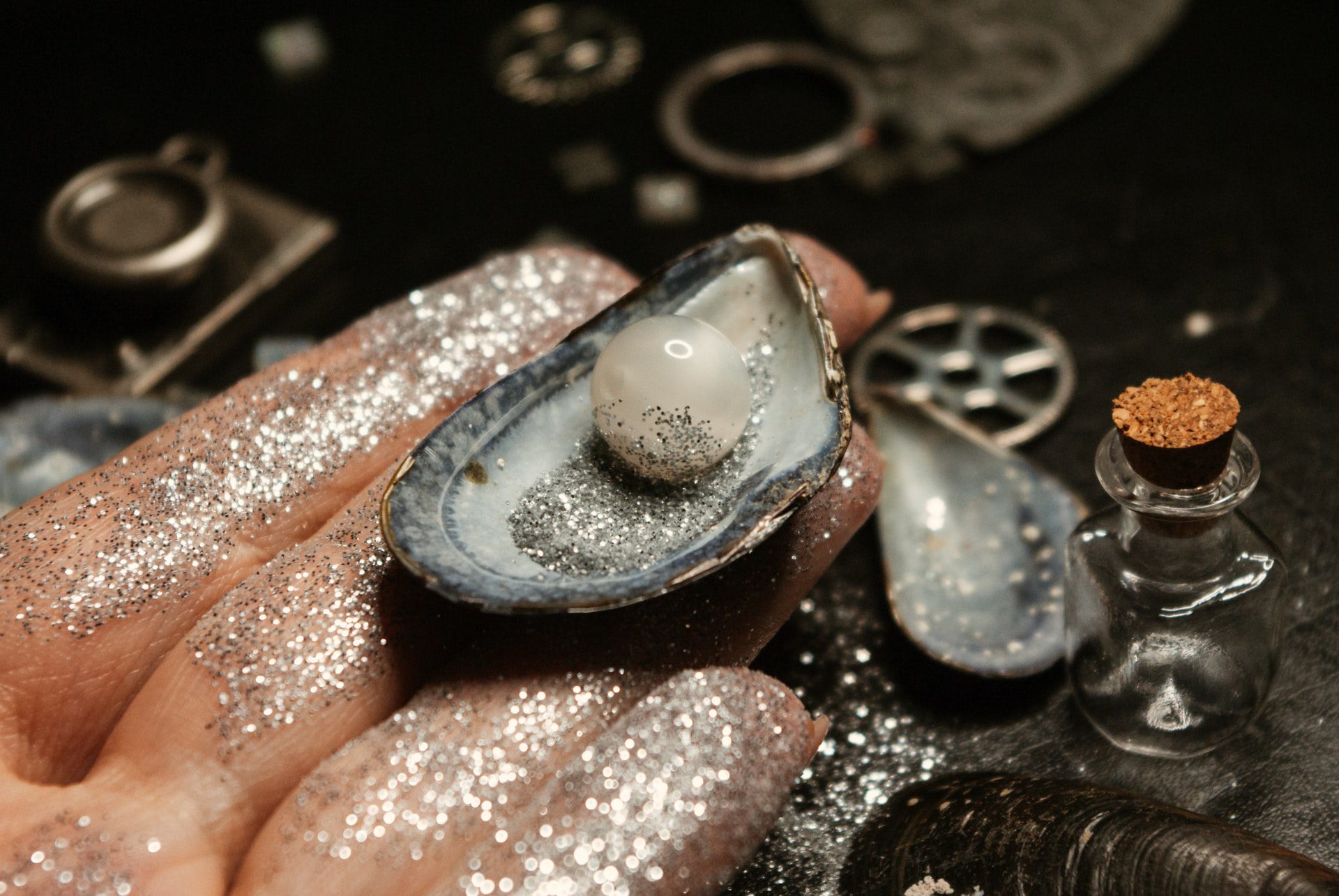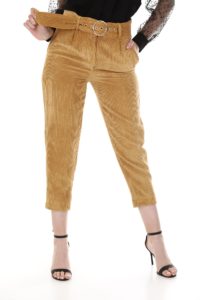Nowadays, you would be hard-pressed to find a woman that doesn’t love classic and sophisticated pearl jewelry. If that woman is a first-time buyer, choosing the right pearl jewelry would not be an easy task since this type of jewelry is versatile and somewhat complex.
Although you may think it’s a simple stone, these gems have the power to quickly draw us in, and we should question the pearls’ quality and not only their visual appeal.
Learning more about fake vs real pearls can help you on your way to picking out the best pearls and get your money’s worth. If you’re not sure where to begin, in the article below, we take a look at what to consider when it’s your first time getting pearl jewelry.
Table of Contents
Four Types of Pearls
When embarking on your first shopping adventure, you should know the basics about pearls to know what suits you best.
Four major types of pearls are offered to potential buyers. Three of them go by the names Akoya, Tahitian, and South Sea pearls and are called natural pearls as they’re grown in saltwater. The South Sea and Tahitian pearls are the most expensive type of pearl jewelry.
The fourth kind is the freshwater pearl, which is farmed and comes at a more affordable price, but depending on size, label, and level of craftsmanship, it can also fetch a high price.
Difference Between Cultured And Natural Pearls
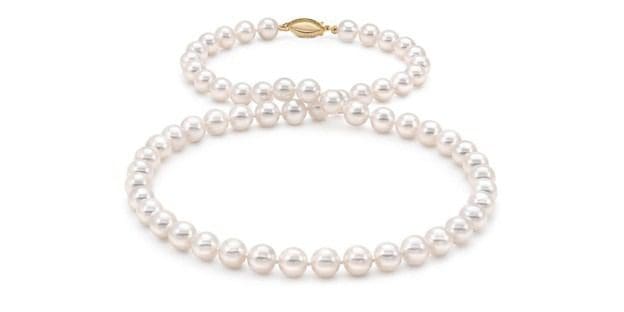
A natural pearl is formed when an irritant, like a piece of sand or small rock, finds its way inside the oyster shells that grow naturally in saltwater. Over the years, the oyster’s mollusk releases numerous layers of nacre as a defense mechanism, coating and isolating the irritant. Ultimately, this gives birth to a precious pearl.
The beauty of natural pearls is that they are a gift from nature as there is no human intervention in their process of making. Because of this, they come in various forms and sizes, making them rare and valuable.
In comparison, freshwater pearls are made with the help of human intervention, and this is why they’re abundant. Farmers insert an irritant inside the oyster’s mollusk, aiming to stimulate the release of nacre that becomes the lustrous pearl.
The advantage of these pearls is that the pearl farmer can control the size, shape, and color of the pearls.
Choosing the Right Pearl
The market offers a wide selection of pearls in many styles available in varying price ranges so that a potential customer can find the one that fits their style and budget. The following characteristics are some of the most important ones when purchasing pearls.
Color
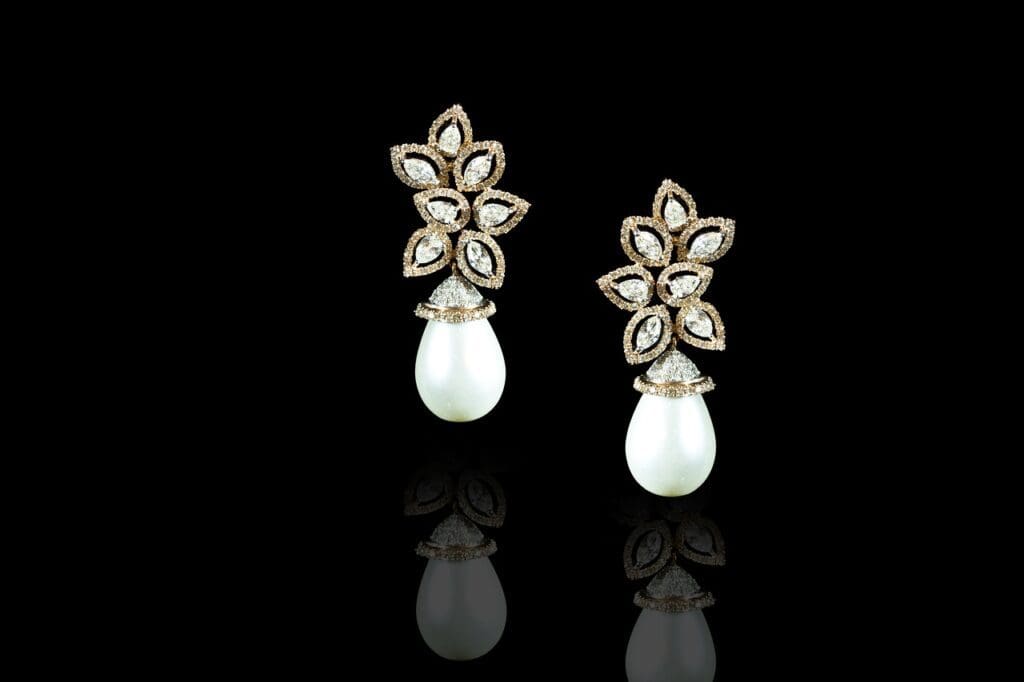
The most common pearl color is white or off-white, but various hues such as yellow, cream, pink and black are also popular. Overtones are noticeable in pearls which can be seen when light reflects off their surface. A pearl strand may look white, but when examined closely, a yellow overtone may become visible.
Luster
A pearl having luster means that the gem produces an intense shine, and this is perhaps one of the most important features and the first thing you should look for when out shopping. To be able to recognize it, look at the clarity of images reflected in its surface. The clearer the image, the better the luster.
Shape
As we mentioned previously, pearls come in many shapes and sizes. Round is the most favored shape, but oval, baroque, and even rice-shaped are growing popular recently.
Size
The pearl’s size primarily depends on the type of pearl. The size of freshwater pearls ranges from 2.0-12.0 mm, while the South Sea pearl can reach an astonishing size of 20.0 mm.
Larger-sized pearls are usually used for statement necklaces as it makes an aesthetic impression whereas smaller pearls are often used for delicate earrings.
Simple Test to Identify Fake Ones
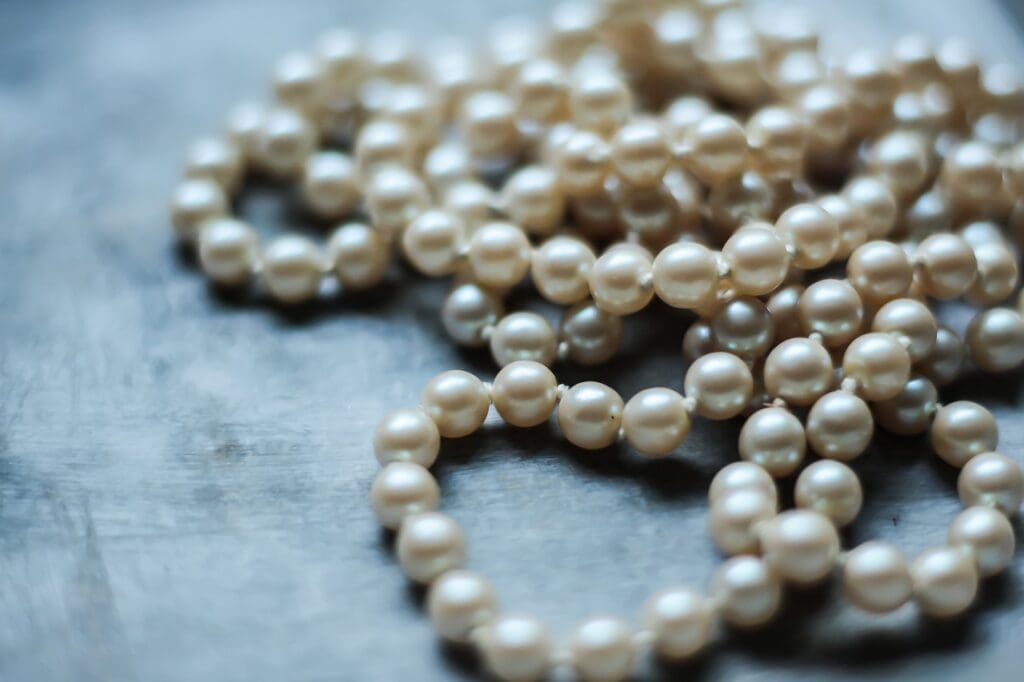
No matter how beautiful the pearls are, not all are the real deal. Fortunately, there’s a simple way to find out if they’re real or fake.
The simple method is to simply bite gently into the pearl, or if you have several, rub them very gently against each other. If the surface feels rough against the teeth, the pearl is genuine. An imitation pearl gives no friction against the teeth, and it’s then most likely made of plastic.
Final Thoughts
For a first-timer, buying pearls may be a daunting task, but this unique jewelry is an investment that will look just as beautiful decades later.
Hopefully, these tips will guide you in the right direction when making your purchase. Remember to set a budget and always ask questions if you feel unsure.
Featured Photo by Dagmara Dombrovska on Unsplash

